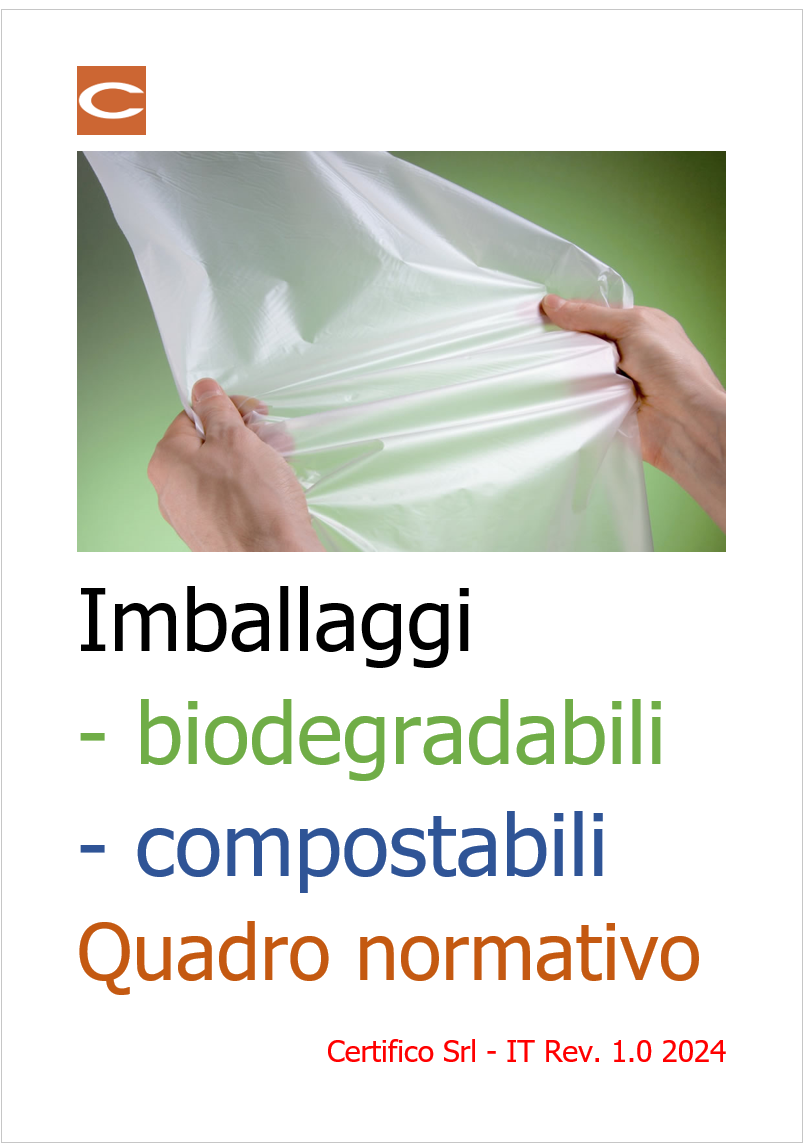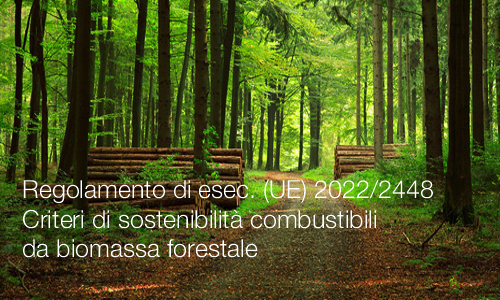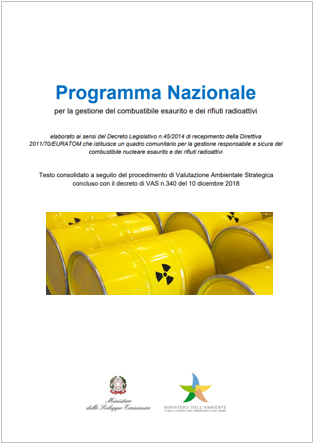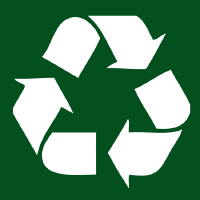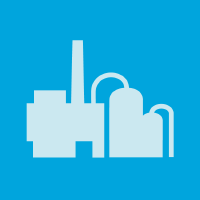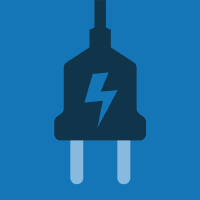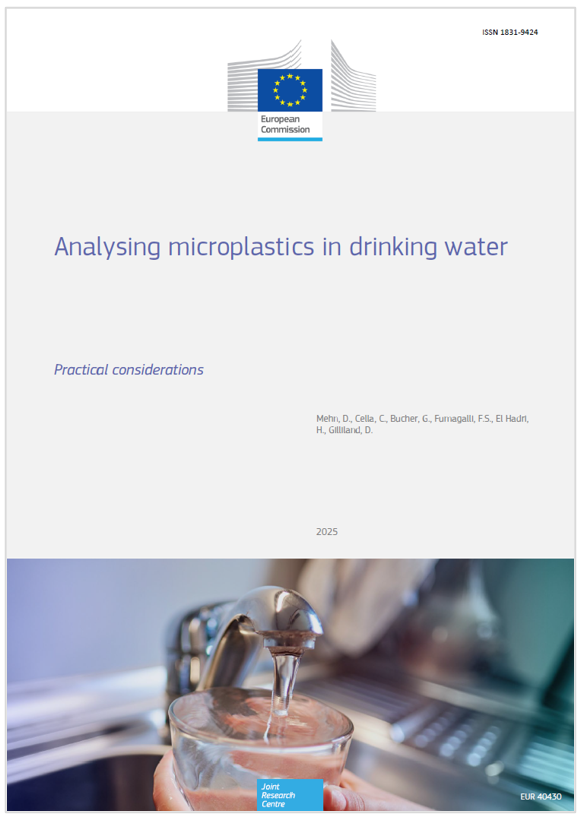
Analysing microplastics in drinking water / EC 2025
ID 24497 | 29.08.2025 / Attached
The recast Drinking Water Directive (EU) 2020/2184 empowered the European Commission (EC) to adopt a methodology to measure microplastics in water intended for human consumption. When the directive entered into force in January 2021, no suitable standardised or harmonised methodology was available.
The Joint Research Centre (JRC), on request of Directorate-General for Environment (DG ENV) of the European Commission (EC), undertook a technical study to develop and test an appropriate analytical procedure. The methodology developed under this study was formalized through a delegated act, specifically the Commission Delegated Decision (EU) 2024/1441, issued on March 11, 2024, and complements Directive (EU) 2020/2184 by detailing the approach for measuring microplastics in drinking water.
The methodology was developed starting from a consideration of both scientific literature and feasibility tests performed at the JRC laboratories. A detailed review of the scientific literature reporting microplastics in drinking water led to the conclusion that sizes and (low) concentrations of microplastics in European drinking water would require methods with sensitivity achievable only by the use of vibrational spectroscopy techniques such as infra-red (IR) and Raman spectro-microscopy.
From this evaluation, a preliminary draft of a methodology was prepared in which IR or Raman optical spectro-microscopy were proposed as the means to determine the number, size and polymer type of microplastic particles. Following extensive consultations with DG ENV and the expert group on the Drinking Water Directive, including specialists in microplastics, the initial proposal was enhanced and developed into the comprehensive methodology presented in this report.
This document details the implementation of the methodology’s core components -sampling, pre-treatment, and instrumental analysis- illustrated with examples of commercially available instruments and equipment. The report summarizes the developed strategy, providing additional insights into key elements and limitations. It also includes, in the annexes, equipment-specific examples of its application at the JRC Nanobiotechnology Laboratory during feasibility studies.
Moreover, the report considers the methodology's applicability to other prospective legislative needs where microplastic detection or monitoring will be necessary. Specifically, it explores potential adaptations for ground and surface waters, as well as influent, effluent, and sludge from urban wastewater treatment plants, urban runoff, and storm-water overflows.
Finally, the report addresses the relevance of the methodology to the Commission Regulation (EU) 2023/2055 - better known as “the microplastics restriction” - which restricts the marketing of products containing intentionally added synthetic microplastics.
Contents
Abstract
Acknowledgements
Executive Summary
1 Introduction
1.1 Designing the methodology
1.2 Delegated act
1.3 Extending the applicability of the methodology
2 The methodology
3 The Methodology in practice
3.1 Sampling
3.2 Sample treatment
3.3 Recovery and spiking
3.4 Analysis procedures
3.5 Data reporting §
4 Adaptability of DWD methodology for alternative applications
4.1 Adaptability of DWD methodology to surface waters
5 Conclusions
References
List of abbreviations and definitions
List of boxes
List of figures
List of tables
Annexes
Annex I Sampling of drinking water for analysis of microplastics in water for human consumption
Annex II Sample treatment
Annex III Spiking of drinking water for recovery studies in analysis of microplastics in water for human consumption
Annex IV Analysis of microplastic particles by FT-IR microscopy and chemical mapping
Annex V Analysis of microplastic particles by Raman microscopy
...
JRC 2025
Collegati
Allegati
|
Descrizione |
Lingua |
Dimensioni |
Downloads |
 |
|
EN |
2503 kB |
437 |
